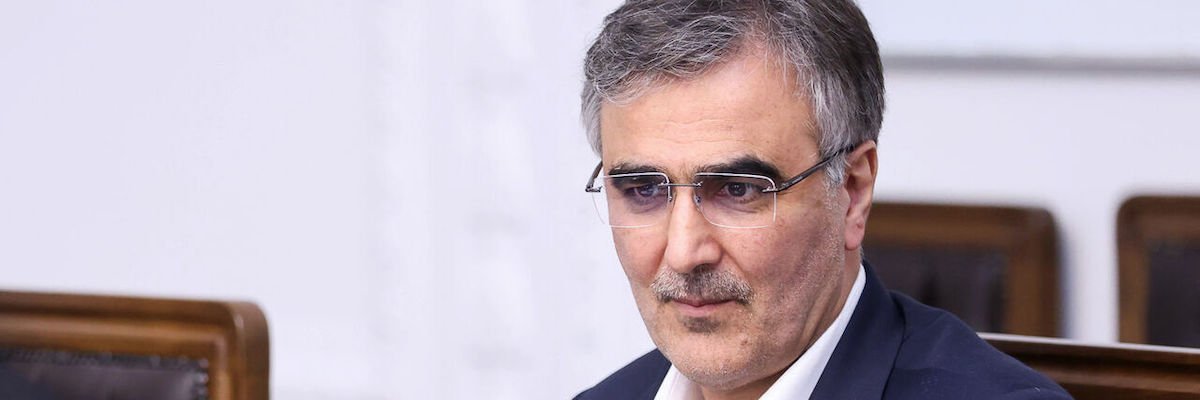Last Friday, Iran’s Supreme Leader, Ali Khamenei, declared that negotiations with the United States were “not smart, wise, or honourable.” Addressing an audience of Iranian military brass, Khamenei did not explicitly rule out negotiations. But his tone made it clear that Iran was not about to begin talks with the Americans, despite American President Donald Trump stating just two days earlier that he wishes to start working on a nuclear deal with Iran “immediately.”
As is the case in sanctioned economies, when hopes deflate, prices inflate. Within the few days following Khamenei’s speech, the dollar appreciated nearly 7 percent against the Iranian rial, pushing the free-market exchange rate towards the threshold of 1 million rials to the dollar.
The free market accounts for a very small proportion of Iran’s multi-faceted foreign exchange market, generally reflecting the prices available to individuals purchasing physical bills at exchange bureaus. The free market dollar is the dollar that ordinary Iranians use to protect their savings in the face of chronic inflation (dollars stuffed under the mattress, so to speak) or to take their wealth abroad (dollars hidden in a briefcase, so to speak). These limited uses explain why the price of the free market dollar is such an important signal in the Iranian economy: it is the country’s highest-frequency measure of economic sentiments.
In this respect, Khamenei’s speech appears to have gifted Trump the first victory of his renewed “maximum pressure” policy. Despite Trump indicating he was “unhappy” to sign the presidential memo which directed his cabinet to increase pressure on Iran—and despite the limited scope and impact of his only enforcement action so far, the designation of three oil tankers—the rial plummeted against the dollar. Sometimes maximum pressure is self-inflicted.
Now that Iranian leaders appear to have rejected the opportunity to negotiate with Trump, at least for now, the question becomes whether maximum pressure policies will begin to have more than psychological impacts for Iran’s economy.
This question can be answered by monitoring the indicator that really matters for Iran’s economy— the commercial foreign exchange rate. Until recently, this was called the NIMA rate. The NIMA foreign exchange market was a centralized electronic system established by the Central Bank of Iran in 2018 to streamline the purchase and sale of foreign exchange among Iranian companies. The commercial exchange rate has been notably stable in recent weeks, showing little movement after Trump signed his presidential memo or after Khamenei declared that negotiating with the United States is “not smart.” This is not because Iran’s central bankers have managed to inure the commercial exchange rate to psychological impacts—it is because the impact was preempted in December.
